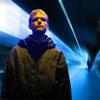| Fecha | Área | Bruto |
|---|---|---|
| 5 August 2010 | USA | USD 105,269,730 |
| 1 August 2010 | USA | USD 105,219,735 |
| 25 July 2010 | USA | USD 105,054,745 |
| 18 July 2010 | USA | USD 104,839,030 |
| 11 July 2010 | USA | USD 104,494,805 |
| 4 July 2010 | USA | USD 104,034,820 |
| 27 June 2010 | USA | USD 103,301,770 |
| 20 June 2010 | USA | USD 102,079,505 |
| 13 June 2010 | USA | USD 99,463,670 |
| 6 June 2010 | USA | USD 94,496,010 |
| 30 May 2010 | USA | USD 86,144,405 |
| 23 May 2010 | USA | USD 66,165,690 |
| 16 May 2010 | USA | USD 36,063,385 |
| 11 July 2010 | UK | GBP 15,381,416 |
| 4 July 2010 | UK | GBP 15,295,536 |
| 27 June 2010 | UK | GBP 15,104,421 |
| 20 June 2010 | UK | GBP 14,886,310 |
| 13 June 2010 | UK | GBP 14,397,521 |
| 6 June 2010 | UK | GBP 13,532,135 |
| 30 May 2010 | UK | GBP 11,620,091 |
| 23 May 2010 | UK | GBP 9,090,395 |
| 16 May 2010 | UK | GBP 5,750,332 |
| 5 August 2010 | Worldwide | USD 321,669,741 |
| 2010 | Non-USA | USD 216,400,011 |
| 2010 | Romania | USD 707,068 |
| 6 June 2010 | Russia | RUR 352,986,726 |
| 30 May 2010 | Russia | RUR 343,788,234 |
| 23 May 2010 | Russia | RUR 301,791,106 |
| 16 May 2010 | Russia | RUR 194,468,653 |
| Fecha | Área | Bruto | Pantalla |
|---|---|---|---|
| 16 May 2010 | USA | USD 36,063,385 | 3,503 |
| 16 May 2010 | UK | GBP 5,750,332 | 537 |
| 16 May 2010 | Russia | RUR 194,468,653 | 931 |
| Fecha | Área | Bruto | Pantalla |
|---|---|---|---|
| 1 August 2010 | USA | USD 86,250 | 115 |
| 25 July 2010 | USA | USD 109,440 | 171 |
| 18 July 2010 | USA | USD 174,015 | 226 |
| 11 July 2010 | USA | USD 287,925 | 300 |
| 4 July 2010 | USA | USD 449,745 | 378 |
| 27 June 2010 | USA | USD 648,925 | 669 |
| 20 June 2010 | USA | USD 1,422,715 | 1,046 |
| 13 June 2010 | USA | USD 2,615,130 | 1,895 |
| 6 June 2010 | USA | USD 5,366,940 | 2,599 |
| 30 May 2010 | USA | USD 13,424,540 | 3,373 |
| 23 May 2010 | USA | USD 18,769,220 | 3,505 |
| 16 May 2010 | USA | USD 36,063,385 | 3,503 |
| 11 July 2010 | UK | GBP 22,135 | 51 |
| 4 July 2010 | UK | GBP 45,899 | 130 |
| 27 June 2010 | UK | GBP 89,457 | 214 |
| 20 June 2010 | UK | GBP 240,842 | 296 |
| 13 June 2010 | UK | GBP 362,397 | 394 |
| 6 June 2010 | UK | GBP 647,195 | 443 |
| 30 May 2010 | UK | GBP 1,489,273 | 476 |
| 23 May 2010 | UK | GBP 1,362,385 | 536 |
| 16 May 2010 | UK | GBP 5,750,332 | 537 |
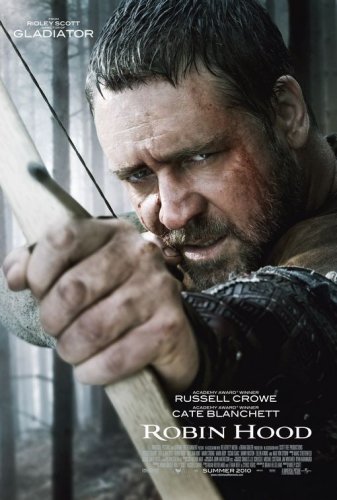

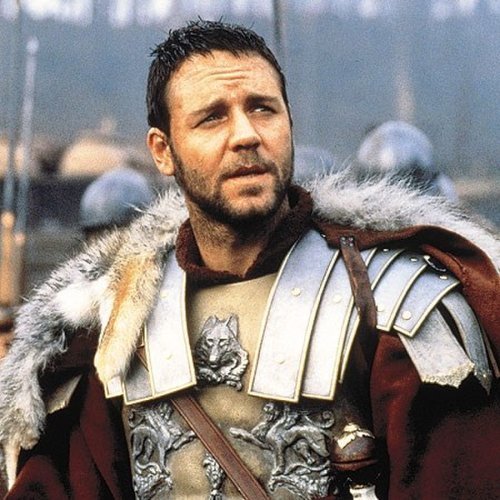
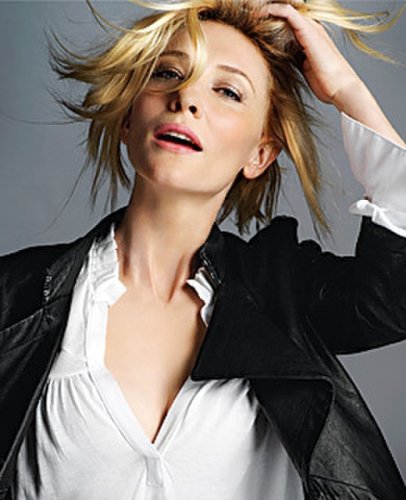
.jpg)
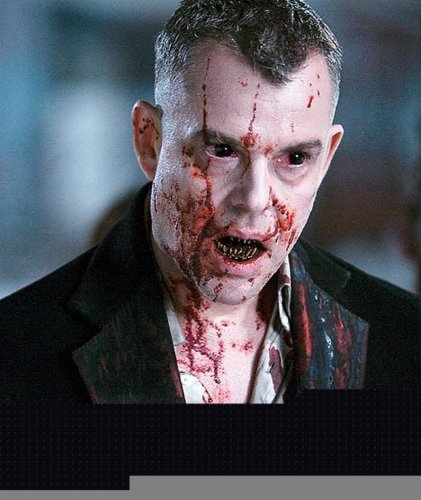








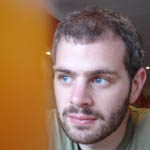







_(cropped).jpg)



.jpg)
